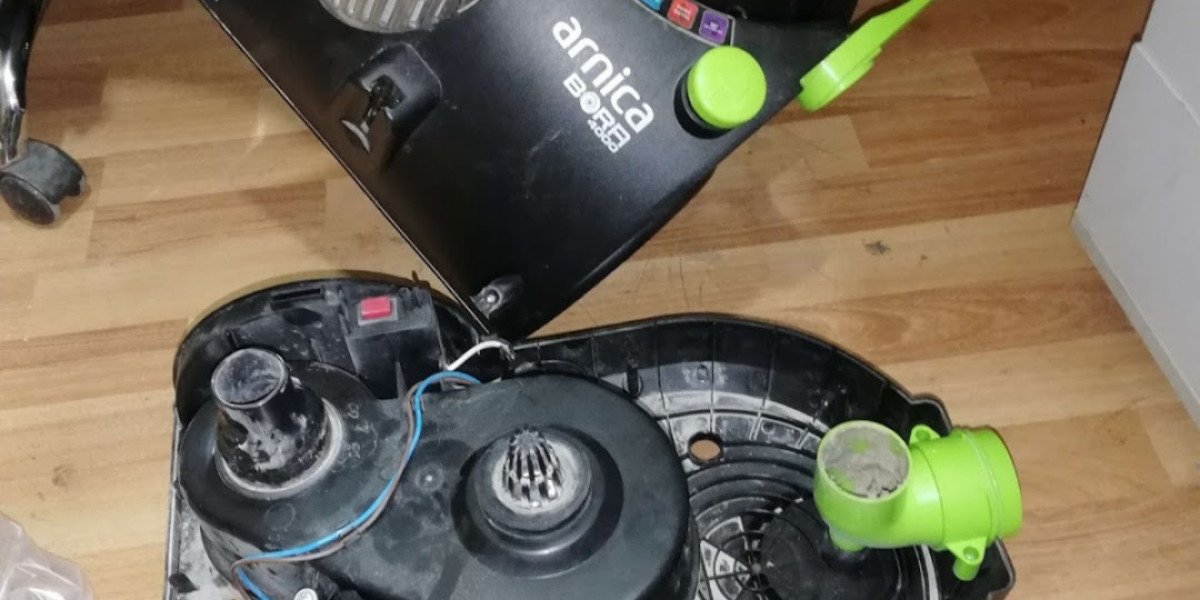Unlock the Secrets to Choosing the Perfect Prescription Glasses for Your Kids!
Vision plays a critical role in a child's development, influencing everything from their ability to learn in school to their social interactions with peers. As a parent, noticing that your child struggles with reading the board or squints while watching television can be concerning. The growing prevalence of vision issues among children has made prescription glasses a common solution. Unfortunately, many misconceptions surround kids wearing glasses, such as the belief that they can lead to dependency or that they are only needed for severe vision problems. In reality, early detection and proper correction of vision issues can significantly enhance a child's quality of life, making it essential for parents to understand the options available for kids' prescription glasses.
Understanding Kids Prescription Glasses
Kids prescription glasses are specifically designed eyewear to correct refractive errors in children's vision, such as nearsightedness (myopia), farsightedness (hyperopia), and astigmatism. There are several types of lenses available, including single vision lenses, which correct one field of vision; bifocals, which contain two different prescriptions; and progressive lenses that offer a gradual change in prescription for multiple fields of vision without visible lines. It’s crucial for parents to be vigilant about their children's vision. Signs that a child may need glasses include frequent squinting, holding books too close, or complaints of headaches after reading. Regular eye exams can help ensure that any vision problems are promptly identified and treated, paving the way for better academic performance and overall well-being.
Benefits of Kids Prescription Glasses
The benefits of wearing prescription glasses extend far beyond simply improving sight. For children, wearing glasses can significantly enhance their learning abilities. Clearer vision allows them to see classroom materials better, participate in activities, and engage with their peers more effectively. Improved vision can also boost their confidence, making them more willing to participate in sports or group activities. Moreover, wearing glasses can help prevent long-term vision issues from developing, as they provide the necessary correction needed for healthy eye development. Beyond the practical benefits, seeing other children with glasses can foster a sense of normalcy and belonging among those who may feel self-conscious about their vision issues, ensuring they feel included in social situations.
Choosing the Right Frames
When it comes to selecting frames for kids, comfort and fit are paramount. Kids are active and require frames that can withstand their lifestyle. Look for lightweight materials that won't irritate their skin, as well as flexible frames that can endure daily wear and tear. Additionally, consider the size of the frames; they should sit comfortably on the nose and ears without pinching or sliding off. Style preferences also play a role—allowing children to choose frames that reflect their personality can encourage them to wear their glasses consistently. A friend of mine shared how her daughter was initially hesitant about wearing glasses, but when they found a cute, colorful pair that matched her favorite outfit, she wore them with pride!
Lens Options and Features
Choosing the right lenses is just as important as selecting the frames. For active children, impact-resistant lenses are a must; they provide added safety and durability. Anti-reflective coatings can help reduce glare, making it easier for kids to see in bright conditions, such as outdoors or in the classroom. Photochromic lenses are also popular, as they adjust to light levels—darkening in sunlight while remaining clear indoors. This feature is particularly beneficial for children who spend a lot of time outdoors. Opting for lenses that provide UV protection is also wise, safeguarding their eyes from harmful rays. Understanding these options can greatly enhance your child's comfort and visual experience.
Care and Maintenance of Prescription Glasses
Teaching kids how to care for their glasses is crucial for ensuring their longevity. Start with the basics: instruct them on how to clean the lenses with a microfiber cloth and a safe lens cleaner. Emphasize the importance of storing glasses in a protective case when not in use to prevent scratches or breakage. Encourage children to handle their glasses with both hands to avoid bending the frames. Regular check-ups with an eye care professional are essential as well; these appointments can ensure that the glasses are properly fitted and can address any adjustments needed as your child's vision changes. My friend's son learned the hard way about the importance of care when he accidentally stepped on his glasses during playtime. It was a memorable lesson that made him more diligent about his eyewear!
Ensuring Your Child's Vision Health
In summary, kids prescription glasses are a vital tool in supporting a child's vision and overall development. From understanding the different types of glasses available to selecting the right frames and lenses, parents play an essential role in helping their children navigate this process. By encouraging proper care and maintenance, you can help ensure that your child's glasses serve them well for years to come. Remember, taking proactive steps to address your child's vision needs can lead to improved academic performance, greater confidence, and a happier, healthier life.







